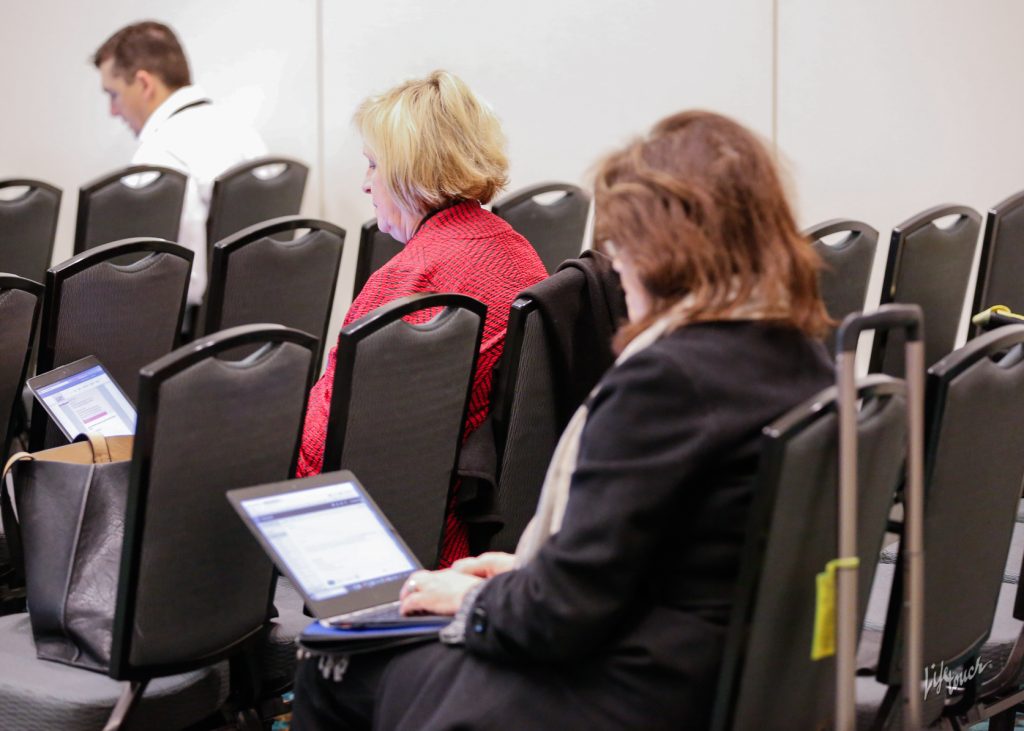The one-to-one technology initiative that is gaining rapid use in K-12 education nationally allows schools to effectively implement technology in the digital age.
In the Rowan Salisbury School District in Salisbury, N.C., the one-to-one initiative means each student has use of one electronic device, typically a laptop or tablet, which is available for their use in school and at home, said Eisa Cox, executive director of secondary education.
“There are a lot of digital tools that are necessary, and most of them surround instruction, so it’s going to bring the best effective practice to your district,” Cox said.
Technology has a growing influence in K-12 education. From communicating with parents to understanding how people operate around the community. It’s up to superintendents to effectively implement that technology in their schools to benefit their teachers and students within the instructional environment.
“It’s not about the device, it’s never been about the device,” Cox said. “It’s about everything else you do that puts that device into action.”
Cox suggested superintendents should not just dive in to the one-to-one programs but should prepare and build the capacity of their people to make the right instructional shifts. Superintendents should create learning environments that support the technology, and not simply attempt to replace a worksheet.
“Building the capacity of your people has to be a priority and it must be focused on teaching and learning,” Cox said.
One way for superintendents to ensure they are prepared for the one-to-one transition is to use the Consortium for School Networking’s Empowered Superintendent self-assessment. The survey can be used as a tool for superintendents and district leaders to determine their readiness and where they need to grow to effectively implement technology.
Christopher Marczak, superintendent of Maury County School District in Columbia, Tenn., compared not feeling prepared and not using a learning management system like CoSN’s survey to buying a car with no wheels on it.
“You have to have both, because you can’t just deploy devices and say, ‘OK kids, go learn,’” Marczak stated.
In his district, educators deployed 125 devices to third-grade students with three weeks of school left. Those students could take them from school to home, and in doing so the district found that not one child was absent during the three weeks, engagement was at an all-time high and kids did not want to go home for summer because they had to hand their devices back over on the last day of school.
“Technology is disruptive, and if we do not work with our students today, to embrace that disruption, learn to live with it, and learn to use it for good, then we’re really struggling as a country.” Marczak said.
(Steve Barnum, a senior at Middle Tennessee State University, is an intern with Conference Daily Online.)


